March 28, 2024 - 10 minutes read
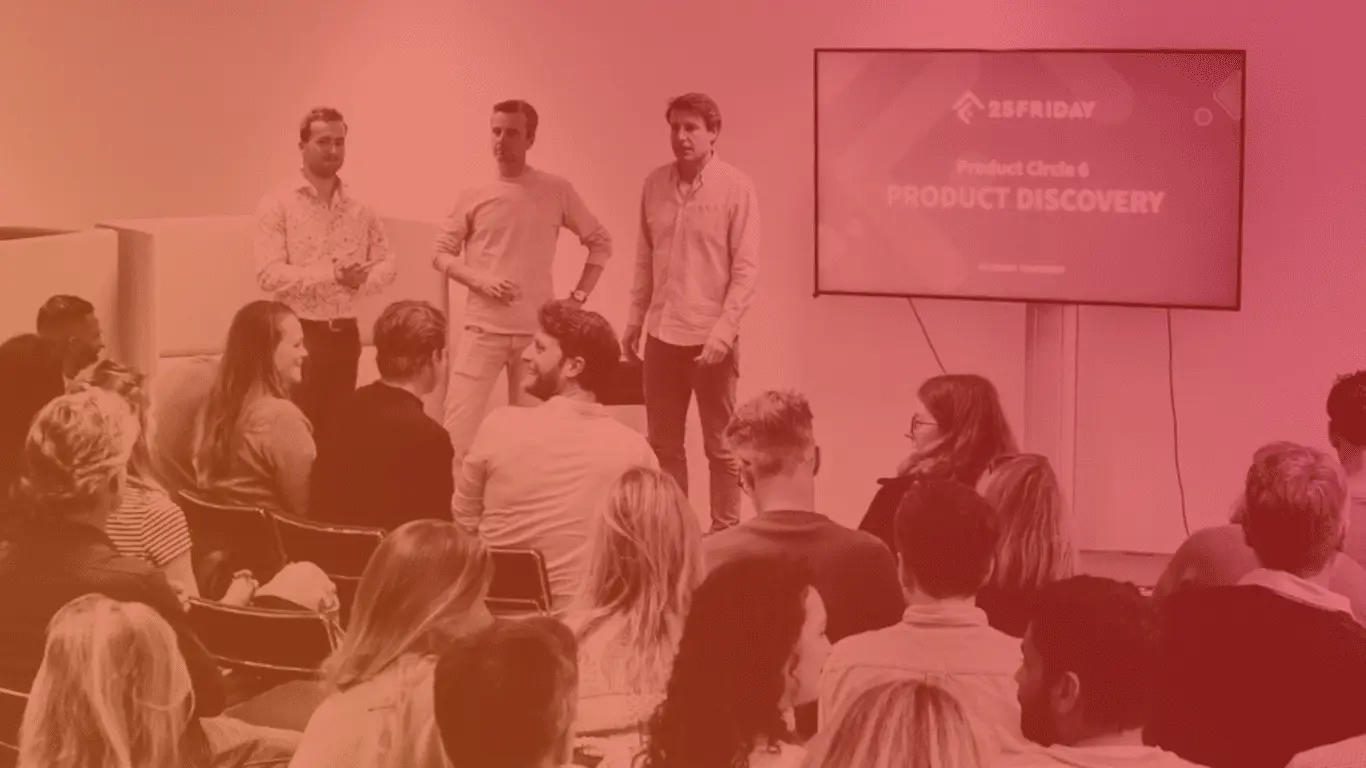
AUTHOR

Sybren van Putten
Sr. Product Consultant
The user-centric nature of Product Discovery
At its core, Product Discovery is a strategic and iterative process aimed at uncovering user needs and translating them into successful SaaS solutions. It's not a one-time event, but rather a continuous cycle of exploration, learning, and refinement. Despite its age, the Double Diamond framework still provides a helpful model to understand this iterative nature:
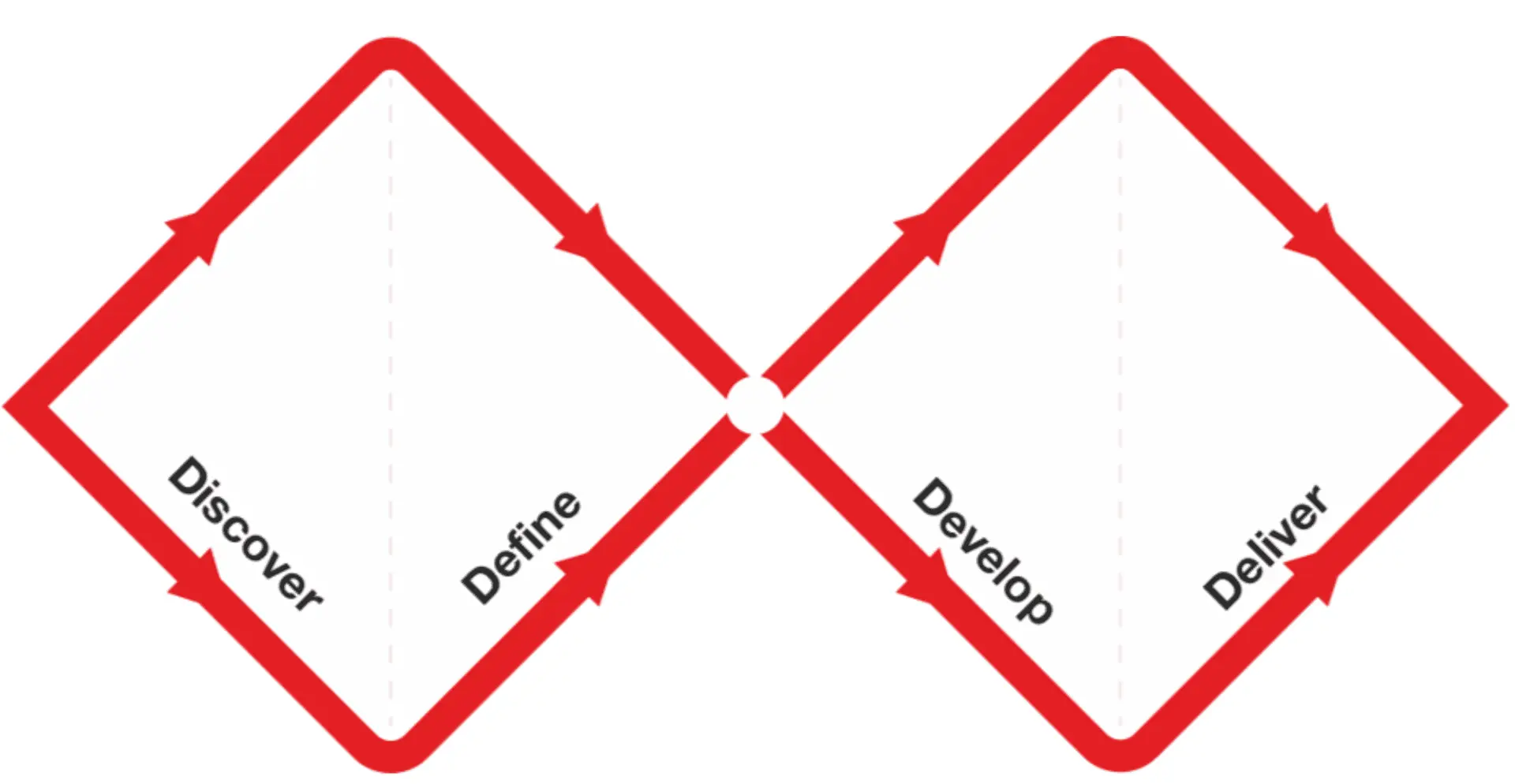
Source: www.designcouncil.org.uk
Discover: This initial phase involves gathering insights through various methods like user research, competitor analysis, and market trend analysis. The goal is to understand the target audience's pain points, behaviors, and expectations.
Define: Based on the insights gathered, the Product Team works to define the core problem(s) your product will address and the target user personas.
Develop: This stage focuses on creating potential solutions through brainstorming, prototyping, and user testing. Here, Minimum Viable Products (MVPs) can be particularly valuable in validating ideas and gathering early user feedback.
Deliver: Once a solution is deemed viable, it's time to deliver it to the market and monitor its performance. Data analysis and user feedback during this stage inform further iterations within the discovery process.
This cyclical nature highlights the importance of ongoing user research and testing throughout the product development lifecycle. By continuously gathering feedback and iterating based on user needs, you ensure your SaaS product remains relevant and valuable to its users.
Recognizing true Product Discovery
Product Discovery has become a buzzy term in product development. However, simply going through the checklist doesn't guarantee success. Many companies fall prey to mistaking individual activities like user research for true product discovery, leading to wasted time and resources. Here are some key indicators that your Product Discovery efforts are on the right track:
- User-centric focus: The process revolves around understanding and addressing user needs, not internal agendas or top-down crafted feature roadmaps.
- Data-driven decision-making: User research, competitor analysis, and techniques like A/B testing constantly provide data to inform product decisions.
- Iterative approach: The discovery process is ongoing, with continuous learning and refinement based on user feedback. Simply put, a continuous repetition of the stages of the Double Diamond model.
Make sure you’re aware of the following, indicating that your Product Discovery practice risks failing:
- Internal bias: Relying solely on internal assumptions - often advocated by people in powerful positions, like founders and CEOs - about user needs is a recipe for disaster. These assumptions may not reflect the actual reality of your target audience. True Product Discovery requires validating these assumptions through qualitative and quantitative user research techniques like interviews and surveys.
- Neglecting feedback: Gathering user feedback is crucial, but it is only valuable if it is acted upon. Failing to integrate user insights into the development process makes product discovery utterly ineffective.
- Feature factory: Getting caught up in building features without a clear understanding of the underlying user problems is a common misstep. True Product Discovery prioritizes solving user problems over simply adding feature after feature.
Product Discovery is a Team Sport
For product managers, it can be tempting to go it alone in the discovery phase. This might explain why product management traditionally led the process: a Product Manager explored, defined, and drafted a set of requirements, based on which a designer created a mockup. The engineer coded the solution, realizing only halfway that there was a feasibility issue resulting in the rewriting of requirements and reworking of design and code. Handing off work from one to another with only limited sharing of knowledge about the actual need, more than often leads to projects being delivered over budget, under scope, and late.
The most effective approach leverages a cross-functional team called the Product Trio. While the name suggests three people, the focus is on the three critical disciplines, which can be filled by more individuals depending on the project. This trio should ideally consist of a business-minded Product Manager, a UX specialist, and a technically skilled person like an engineer, just like before. However, this team goes beyond simply dividing responsibilities. As Teresa Torres - author of the book “Continuous Discovery” - highlights, true collaboration is key: each member holds themself accountable for assessing all risks, not just those within their traditional domain.
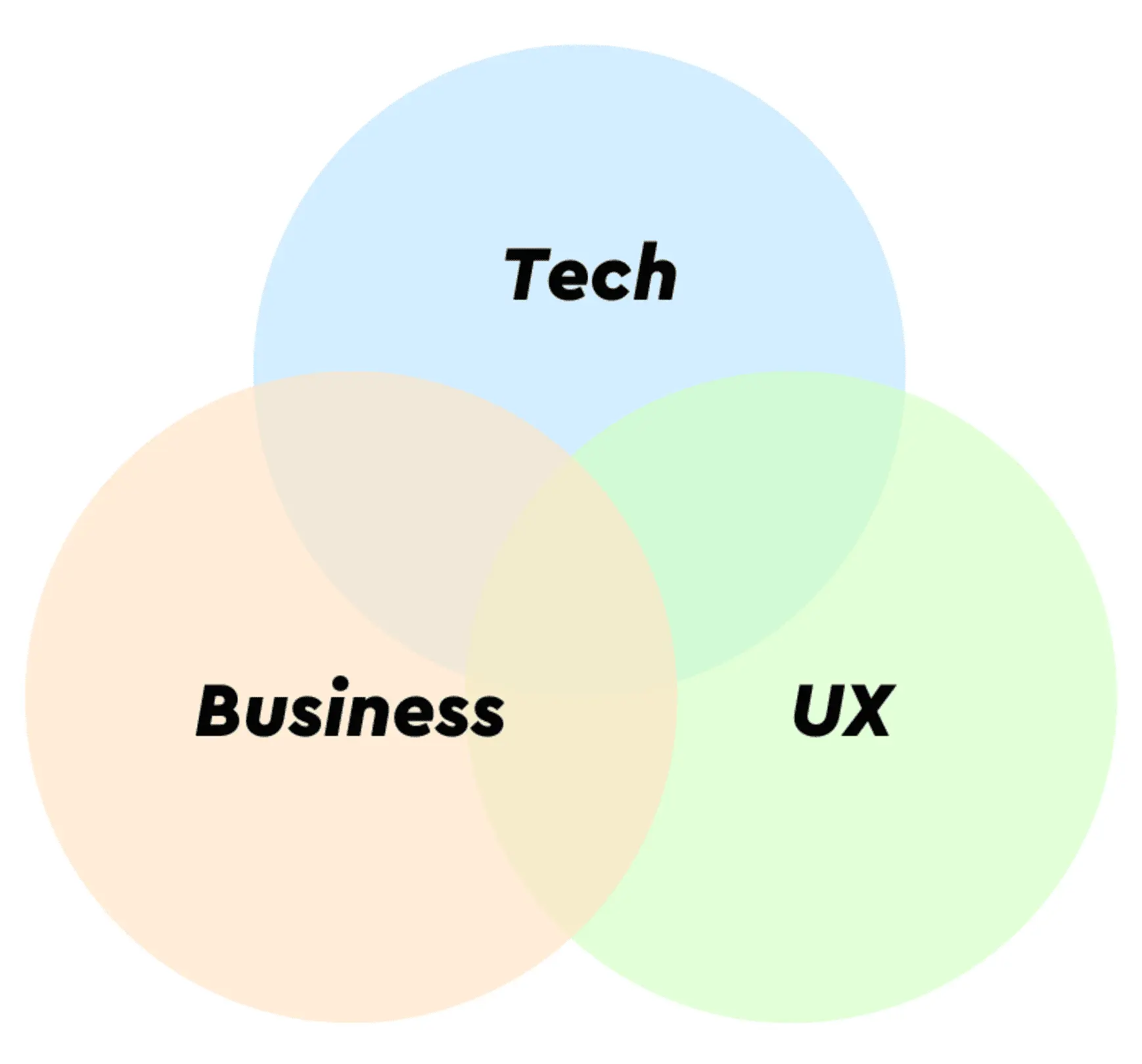
- The business person brings their understanding of market forces and customer needs to the table.
- The UX specialist covers the user's perspective, ensuring that discovered solutions are not just feasible but also intuitive and address core user problems.
- Finally, the engineer provides the vital element of technical feasibility, identifying potential constraints and ensuring the solutions can be built within reason.
Together, this trio assesses viability, usability, and feasibility. By closely collaborating from start to end, they may be able to uncover hidden opportunities, identify and mitigate risks early on, and ultimately develop products that are successful and truly user-centric. This collaborative approach fosters a shared understanding of and responsibility for the product's direction, leading to more informed decisions and a higher chance of success.
Effective Discovery techniques
Unveiling user needs and translating them into a successful SaaS product requires a serious toolkit. Let’s explore some essential techniques that for a powerful foundation for effective Product Discovery.
User research methodologies
Going beyond assumptions and truly understanding your target audience is crucial. There are a ton of user research methodologies to leverage. A few examples:
- User interviews: In-depth conversations with potential users allow you to delve into their challenges, goals, and thought processes. This qualitative data provides rich insights that can inform product direction.
- Surveys: Reaching a broader audience with surveys allows you to gather quantitative data on user preferences and behaviors. This can help identify trends and prioritize features.
- Usability testing: Observing users interact with prototypes or early versions of your product reveals usability issues and areas for improvement.
- Competitor analysis: The SaaS landscape is dynamic. By analyzing your competitors' strengths and weaknesses, you can identify opportunities for differentiation and ensure your product addresses unmet user needs.
- Minimum Viable Products: Don't wait to get user feedback until your product is feature-rich. Deploying an MVP allows you to test functionalities with real users early state. This iterative approach minimizes development time and resources wasted on features that might not resonate with your target audience. Make sure the feedback you gather during MVP testing informs future iterations, ensuring you're building a product that truly addresses the user's needs.
- Prioritization: Not all needs are equally important to your users, nor are they equally impactful to your business. Effective Product Discovery emphasizes prioritization based on a combination of user needs and business goals.
By adopting these techniques, you can transform Product Discovery from a buzzword into a truly strategic advantage, as they will empower you to make data-driven decisions and build products that drive user adoption and business success.
Aligning Discovery with Business Value and Objectives
Effective Product Discovery is not just about understanding user needs. It is about addressing those needs with solutions that drive business value for your product. Imagine pouring time and effort into delivering a feature that your users love, only to discover it does not significantly contribute to the bigger picture: your company's objectives. Closely aligning Product Discovery with business objectives ensures you're building solutions that not only address user pain points but also contribute to your overall business strategy. Ultimately, this alignment fosters:
- Improved resource allocation: Focusing on addressing needs that drive business value prevents the waste of resources on others, and allows your Product Team to focus their efforts on where they can make the largest impact - for both your customers and your business.
- Increased user adoption and customer lifetime value: People might buy products that delight them, but are only loyal to the products that properly solve their problems. Therefore, products that solve real user problems are more likely to be adopted and retained by users. By constantly addressing the most important user needs, you build customer loyalty and encourage long-term subscriptions. So, how do you turn these user needs into actionable business value? Some strategies:
- Frame user needs as opportunities: View user pain points not as obstacles or problems but as opportunities to create solutions that users are willing to pay for. The Opportunity-Solution tree by Teresa Torres can be of great help.
- User journey mapping: This technique visually maps out the steps users take to achieve a specific goal with your product. By identifying pain points and opportunities for improvement within the user journey, you can connect user needs to specific areas where your product can deliver business value.
Product Discovery done right
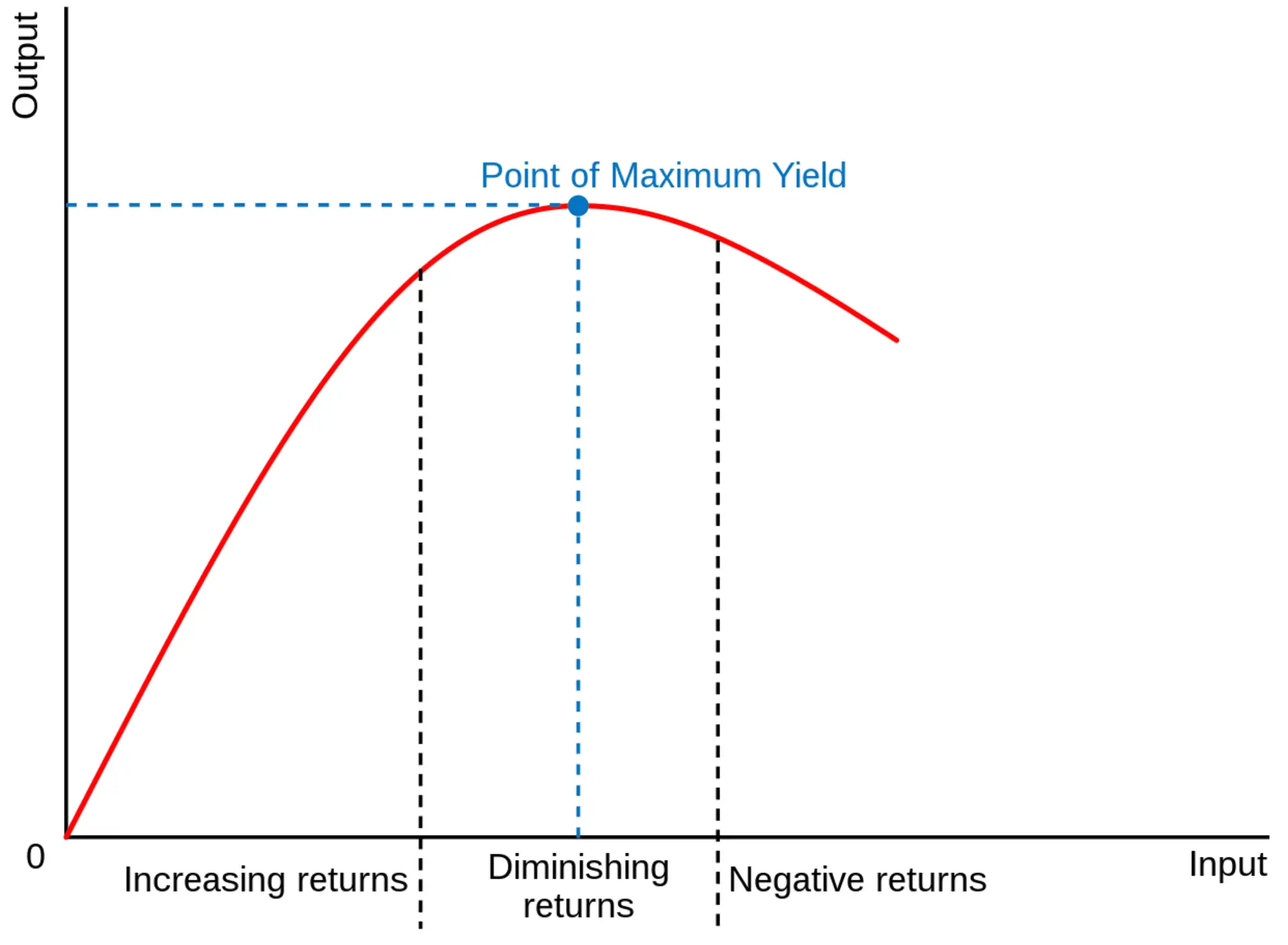
Source: www.wikipedia.org
So, how do you ensure your Product Discovery efforts are sufficiently effective and efficient? Here is what we suggest:
- Prioritise value delivery: While discovery is crucial, try to not get stuck in an endless loop of research and iteration. Instead, focus on delivering features that address validated user needs and provide concrete value. This allows you to start the feedback loop early stage. However, it won’t work out, unless you actively incorporate user feedback in your process.
- Embrace a data-driven approach: Set clear goals for your Product Discovery efforts and use accurate KPIs to measure progress. This is tricky, as many KPIs that are directly impacted by a feature are lagging indicators, meaning that impact only becomes visible after a longer span of time than is actually desired in an iterative process. Doing this right allows you to immediately identify areas for improvement and determine when additional discovery is needed, or just a waste of time and effort.
Finding the sweet spot between discovery and delivery requires a strategic approach. By prioritizing value creation, embracing data-driven decision-making, and avoiding the pitfall of over-discovery, you can ensure your Product Discovery efforts keep contributing to the success of your product and thus, your business.
Concluding remarks and key takeaways
Product Discovery is a crucial step in creating successful solutions. It's an iterative process that prioritizes user needs and ensures your product solves their core problems. This user-centric approach, fueled by data and continuous learning, ultimately leads to products with strong market fit and sustainable growth.
Key takeaways:
- Product Discovery is an ongoing process: Do not treat it as a one-time or e.g. quarterly event. Constantly review your thinking by embracing continuous learning and iteration based on user feedback.
- Collaboration is key: A cross-functional Product Trio, with expertise in business, user experience (UX), and technology, is essential. This team works together throughout the entire discovery process, not just dividing tasks. Each member takes responsibility for assessing all risks, not just those within their traditional domain. This fosters a shared understanding of the product's direction and leads to better decision-making.
- Focus on delivery of value: While discovery is crucial, don’t overdo it by gathering data until you are 100% sure you’re right. Always prioritize delivering features that address validated user needs over having all the data, as these early deliveries provide concrete value as well as data as a basis for decision-making and future iterations.
Do you want to delve deeper into specific Product Discovery techniques? Or perhaps you'd like to know how 25Friday can help you navigate your Product Discovery practice? Reach out!
Product Discovery Techniques
Solving Real User Problems
Collaborative Product Discovery
User-Centric Product Development
Double Diamond Framework
Effective Product Validation
Cross-Functional Product Teams
Data-Driven Product Decisions
Product Manager Skills
Customer-Centric Approach
Continuous Product Iteration
Business Value in Product Discovery
Prioritizing User Needs
Agile Product Development
Product Discovery Best Practices
Related posts
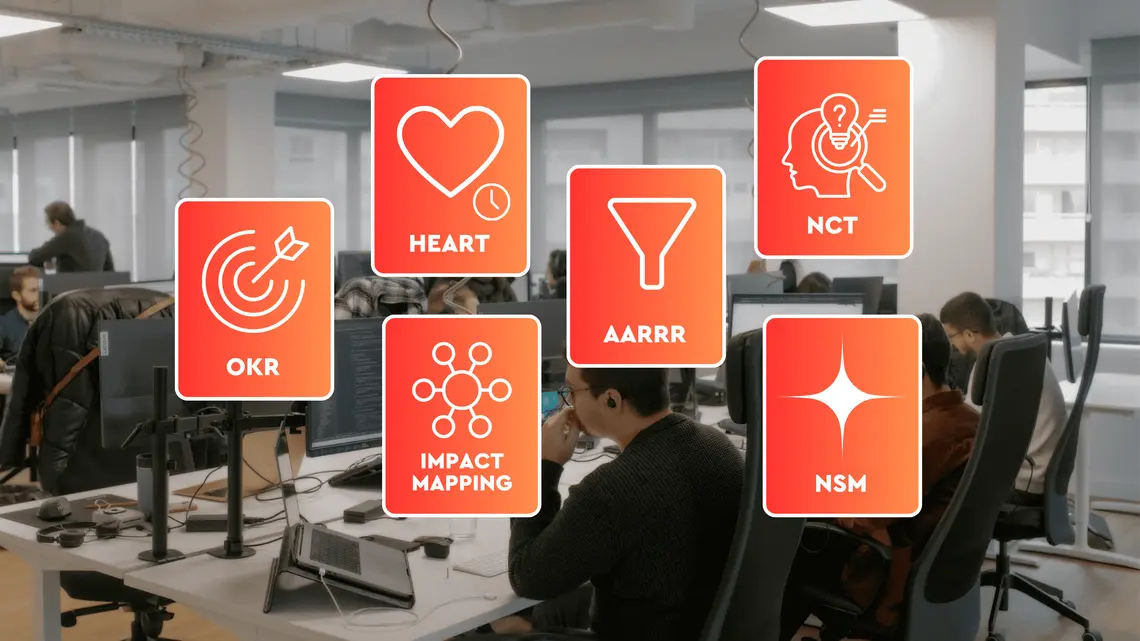
Product Management
May 5, 2025
-
10 min read
Steer product development with the right goal-setting framework
SaaS product teams need clear direction. This guide explores essential goal-setting frameworks like OKR, North Star Metric, HEART & AARRR. Understand why they're vital for SaaS success—from boosting retention to powering product-led growth. We compare their pros, cons & ideal uses, helping you select the right framework to connect strategy with execution, avoid the 'build trap' & achieve measurable impact.

Sybren van Putten
Sr. Product Consultant
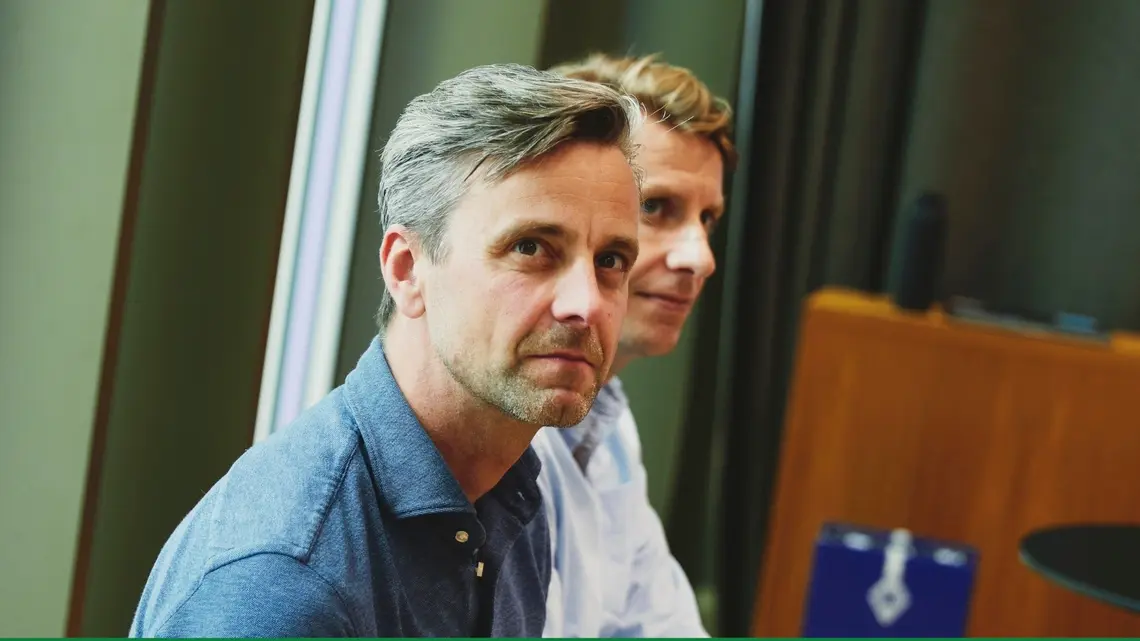
Product Management
March 20, 2025
-
5 min read
Connecting Product Effort to Business Success
As a product manager in a SaaS scale-up, you’re constantly shipping features, improving user experience, and optimizing workflows. But how often do you step back and ask: is this actually moving the business forward?
As a Product Management consultant, I often find product teams celebrate launches as if shipping features is the goal. But releasing stuff is different from making an impact. Without a clear connection between product effort and business success, teams risk prioritizing the wrong initiatives, struggling to get stakeholder buy-in, and ultimately becoming a cost center rather than the company’s driver of growth.

Sybren van Putten
Sr. Product Consultant